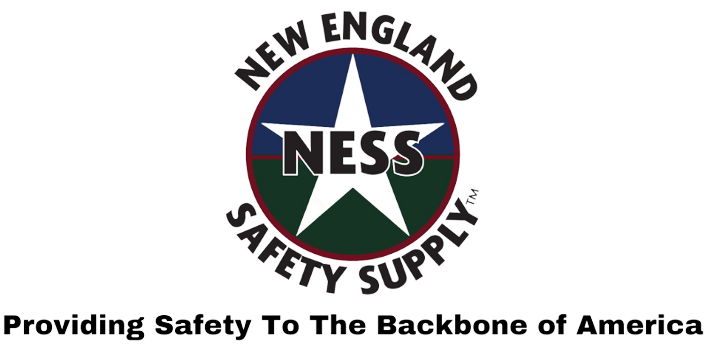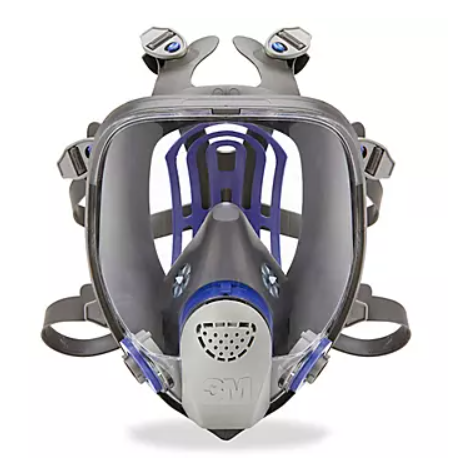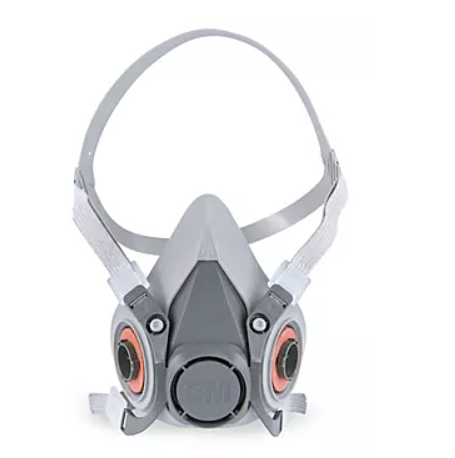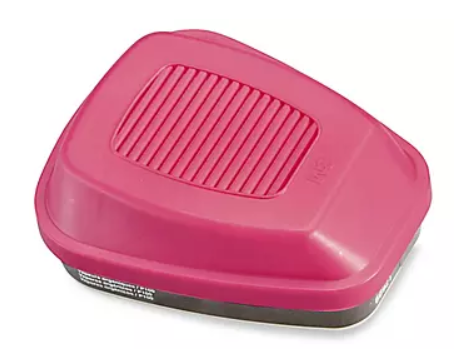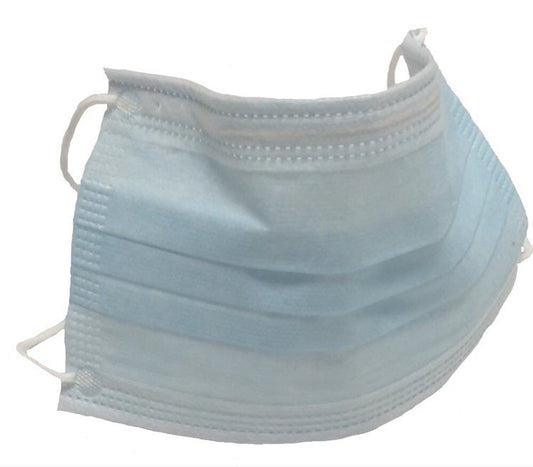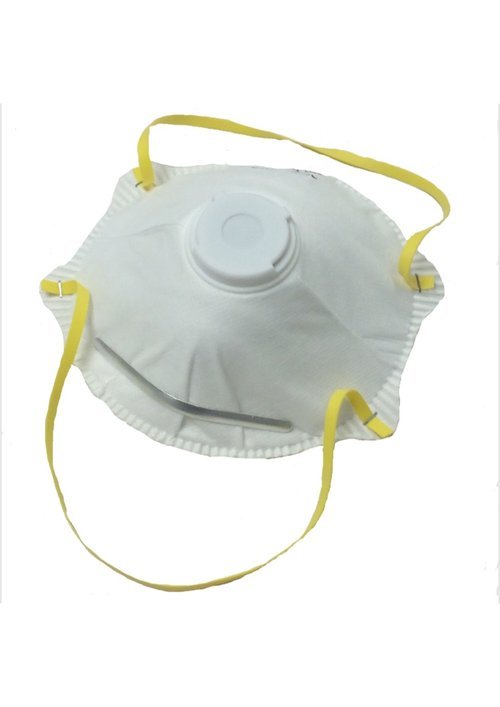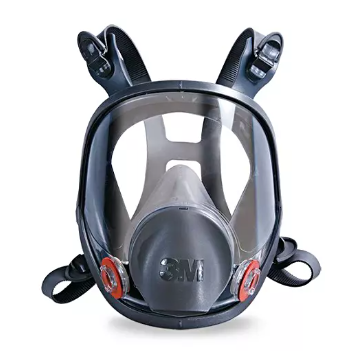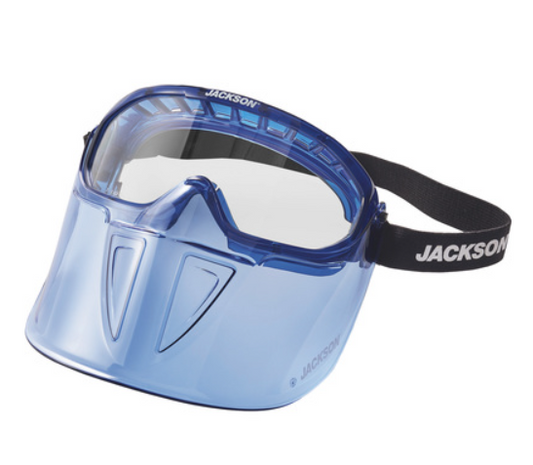The Occupational Safety and Health Administration (OSHA) considers excavation to be one of the most dangerous activities in the construction and utilities industries. This is primarily because the potential for collapse poses great hazards for employees. According to OSHA, one cubic yard of soil can weigh as much as a car.
With the right knowledge, regulations, and safety supplies, employers can help reduce injuries and fatalities caused by cave-ins. Below are 10 safety tips that will allow crews to work more safely in trenches:
1. Never enter an unprotected trench.
2. Park heavy equipment as far from trench edges as possible. Keep soil or other materials at least 2' away from the sides of the trench. If the job site does not allow for two feet of distance, soil removed from the trench may need to be moved to another location until work is completed.
3. Find out where utilities are located underground before crews start digging.
4. Inspect trenches daily before work begins and after storms or other events that may cause changes to the trench. OSHA requires that these inspections are completed by a ‘competent person,’ someone with the knowledge to identify hazards in and around the excavation and who has the authority to promptly correct those hazards.
5. When exposed to traffic, workers can prevent accidents by wearing highly visible, reflective clothing such as traffic safety vests.
6. Educate workers on the dangers involved in excavation and on proper safety precautions.
7. Never work beneath suspended loads of materials.
8. When the trench is more than 4' deep, test atmospheric conditions before work begins. If tests reveal low oxygen, toxic gases, or hazardous fumes, no one should enter the trench.
9. Create systems to protect workers and prevent collapses. Some of the most common and effective protective systems include:
• Benching – Building steps into the sides of an excavation
• Sloping – Angling the trench wall away from the excavation
• Shoring – Installing supports such as aluminum hydraulics to prevent soil movement
• Shielding – Protecting workers with trench boxes or other protective equipment
Many factors should be considered when designing trench systems, including the qualities of the soil, changes caused by weather or climate, materials that were taken out of or will be put into the trench, or other projects nearby. Planning and implementation of these systems should be done by a competent person.
10. Provide safe entrances and exits to the trench. OSHA requires that ladders, steps, or ramps be used whenever a trench or excavation is more than 3' deep and that all employees work within 25' of these provisions at all times.
Employers can help prevent injuries and deaths by frequently reminding workers of these guidelines and posting signs that stress the dangers of excavation. These warnings could be the difference between good and bad decision-making on the job site.
With proper training, procedures, and equipment, employers can help to prevent these accidents.
OSHA Trenching and Excavating Standards
OSHA Trenching and Excavating Fact Sheet
OSHA Trenching and Excavating Guide
The information contained in this article is intended for general information purposes only and is based on information available as of the initial date of publication. No representation is made that the information or references are complete or remain current. This article is not a substitute for review of current applicable government regulations, industry standards, or other standards specific to your business and/or activities and should not be construed as legal advice or opinion. Readers with specific questions should refer to the applicable standards or consult with an attorney.
 (508) 492-8975
(508) 492-8975